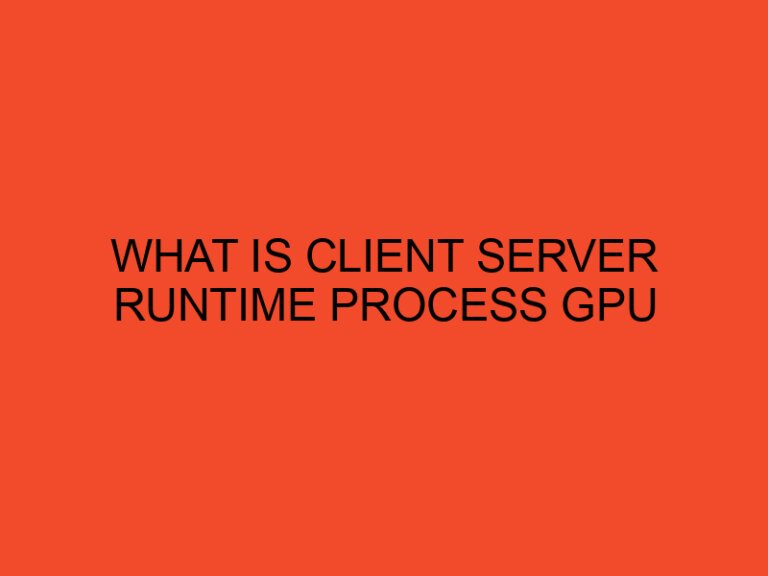The CMOS (Complementary Metal-Oxide-Semiconductor) battery, also known as the motherboard battery, plays a vital role in preserving system settings and data when a computer is powered off. However, like any battery, the CMOS battery has a limited lifespan. When the CMOS battery dies or loses its charge, it can lead to certain consequences and issues. In this article, we will explore what happens when the CMOS battery dies and how it affects your computer system.
Table of Contents
what happens when cmos battery dies
Importance of the CMOS Battery
Here, we will explain the role of the CMOS battery in maintaining system settings, preserving the BIOS (Basic Input/Output System) configuration, and retaining the system clock.
System Configuration Loss
When the CMOS battery dies, the system can lose its configuration settings. This section will discuss the impact of losing system configuration and how it can affect the overall functionality of the computer.
Incorrect Date and Time
The CMOS battery is responsible for keeping track of the date and time even when the computer is powered off. When the battery dies, the system may display incorrect date and time information. We will discuss the consequences of incorrect date and time settings.
BIOS Settings Reset
A dead CMOS battery can result in a reset of the BIOS settings to their default values. In this section, we will explain the implications of a BIOS settings reset and how it can affect the computer’s performance and functionality.
Booting Issues
In some cases, a dead CMOS battery can lead to booting issues, such as system errors or the inability to start up the computer. This section will cover the potential booting problems that can occur due to a dead CMOS battery.
Conclusion
In conclusion, when the CMOS battery dies, it can have various consequences on the functionality and settings of your computer system. The loss of system configuration, incorrect date and time, BIOS settings reset, and booting issues are some of the potential outcomes. It is important to replace the CMOS battery promptly to restore normal operation.
FAQs
Can I still use my computer if the CMOS battery dies?
Yes, you can still use your computer if the CMOS battery dies. However, certain issues may arise, such as incorrect date and time, BIOS settings reset, and potential booting problems.
How do I know if the CMOS battery is dead?
The signs of a dead CMOS battery include incorrect date and time settings, frequent BIOS settings reset, and system errors during startup. Additionally, you may receive a CMOS battery failure warning message.
Can I replace the CMOS battery myself?
Yes, replacing the CMOS battery is usually a straightforward process. It involves opening the computer case, locating the battery on the motherboard, and replacing it with a new one. However, it’s important to follow proper safety precautions and consult the motherboard’s documentation for specific instructions.
Will replacing the CMOS battery restore my system settings?
Replacing the CMOS battery will restore power to the CMOS chip, allowing it to retain system settings and BIOS configuration. However, any changes or settings that were lost when the battery died will not be recovered.
How often should I replace the CMOS battery?
The CMOS battery typically has a lifespan of about 5 to 10 years. It is recommended to replace the battery within this timeframe or when you start experiencing issues related to the CMOS battery.





